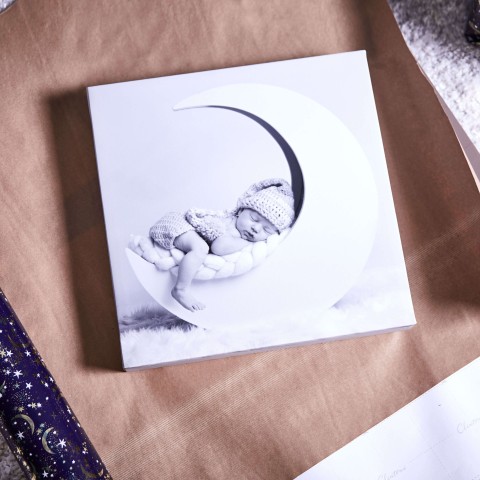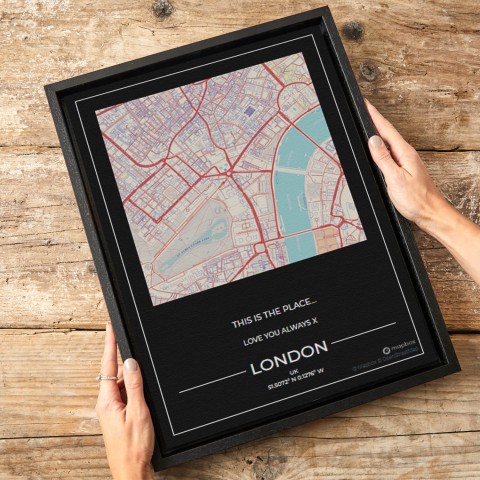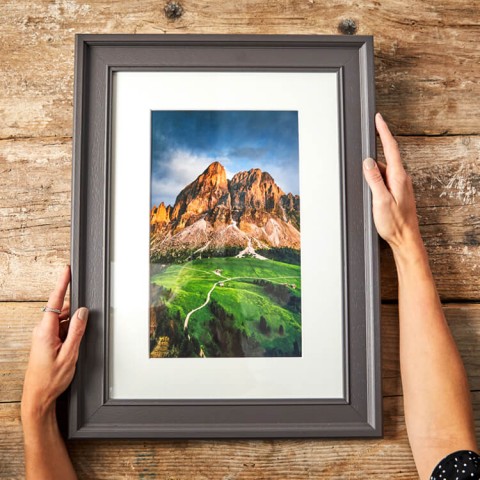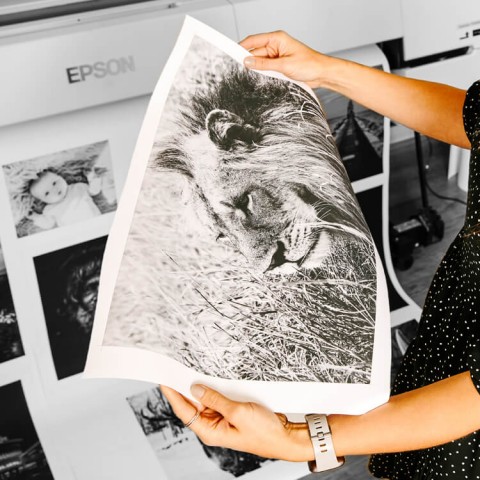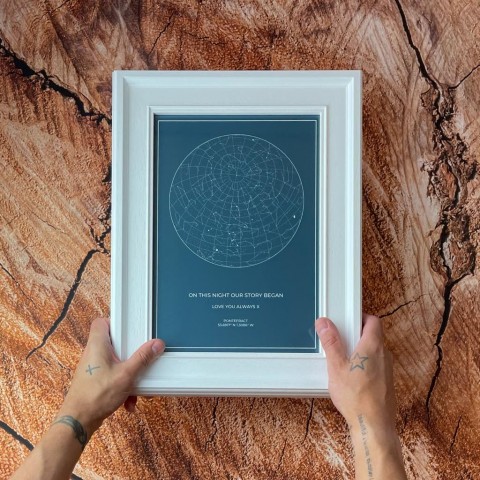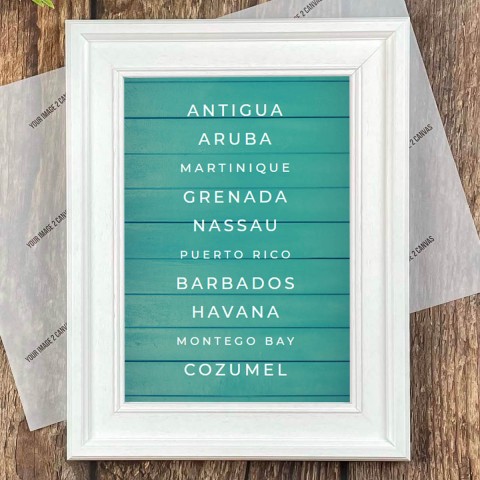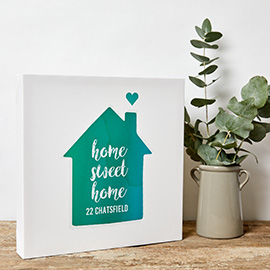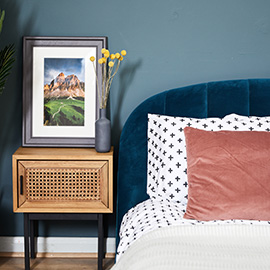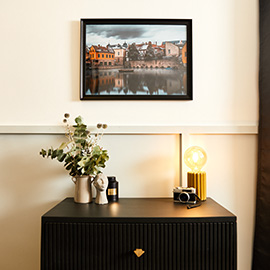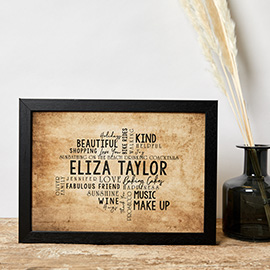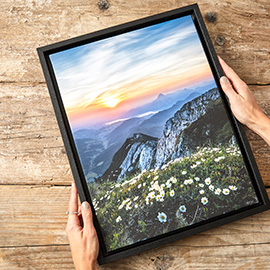Inspired By: Dan Winters
Dan Winters has many strings to his highly accomplished bow, but we’re going to concentrate on the work that’s made him most famous – his portrait photography. Starting out as a photojournalist, Dan soon started to make a name for himself for his visually beautiful portraits that demonstrate a remarkably subtle skill with lighting and texture.
The Dan Winters style
Developing your own style as a photographer is crucial if you plan on making a name for yourself, and Dan’s work is unmistakably his. But why? His images are almost timeless in their elegance, shot so that they could be mistaken for a painting, and with a subtle use of light and shadow that marks Dan as a master of lighting.
Like all great photographers, Dan is far from a one-trick-pony, but he will most often use a combination of lighting in layers, the delicate play of hard and soft light, and clever use of flags and screens to control where the light hits his subjects.
How Dan’s style can improve your photography
Okay, we’ll admit it, this isn’t a style for the complete beginner, but there’s something for every photographer interested in lighting to learn here, so let’s walk you through a basic headshot:
Choose a plain or slightly mottled background in neutral or muted colours for your portrait.
Using either a ring flash (an Orbis modifier is great for this) or shoot through umbrella, add an on-axis fill as close to the camera as possible. You want this light to be shadowless and roughly 1.5 stops below the correct exposure. Its role is to fill in some of the shadows and create that 3-D look that Dan achieves so well.
Now set a small flash behind the subject pointing at the background. You’ll have to play around with this one to find the right settings, but your aim is to throw a little bit of light onto the background to separate your subject from the backdrop.
Next is the really fun part! Using a snooted flash on low power and close to your subject, splash a pool of light onto the face. With your sitter looking around 30-45° from the camera, you can avoid harsh shadows on the nose by pointing the snoot directly at them.
Alter the power of the snooted flash, so that the light creates a noticeable but smooth gradient between the fill and key light.
Dan Winters spent years creating a signature style, but if you try this you’re going to get fairly close without a huge outlay. If you want to explore his work further you can experiment with flags and softboxes to create shafts of light on your subject, and take some portraits that would look fantastic printed on canvas or in a custom frame.
Tags Dan Winters Photography, Portrait Photograpy


